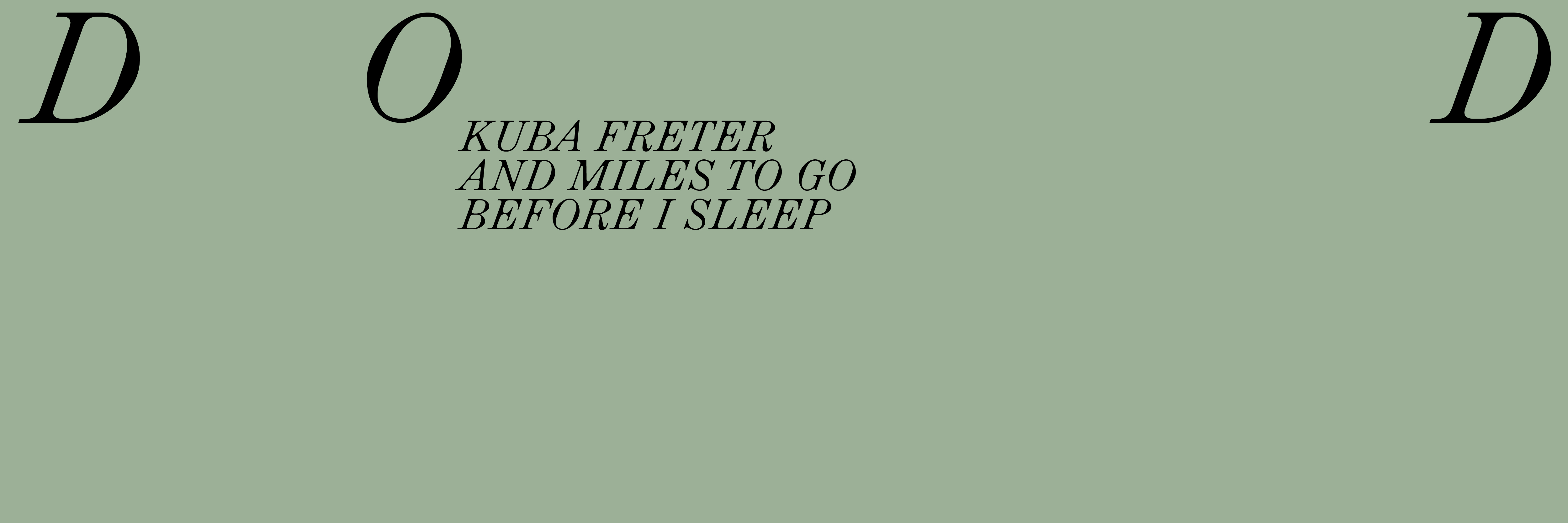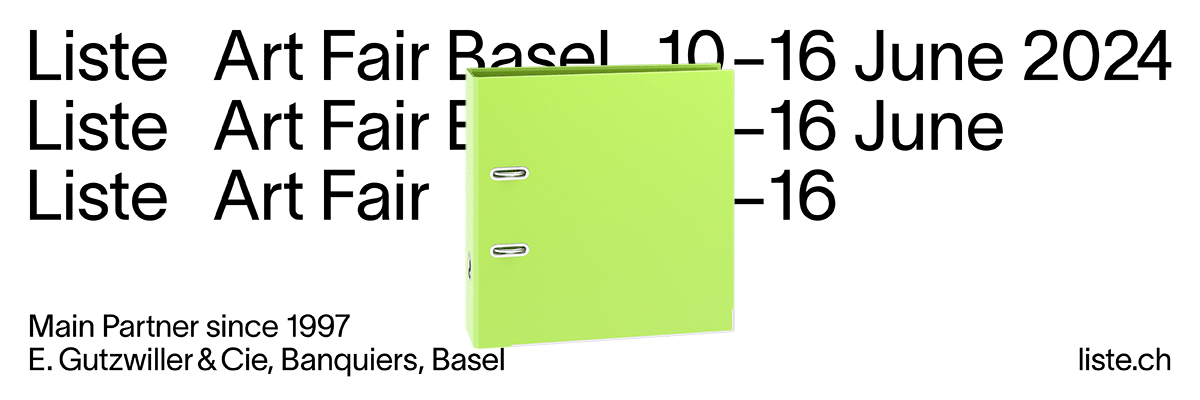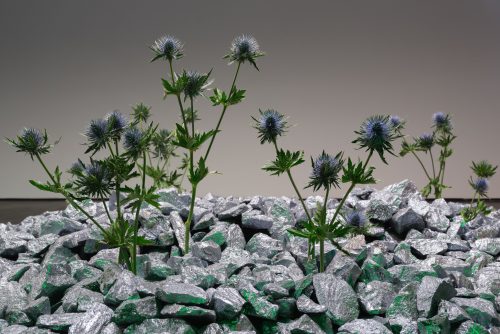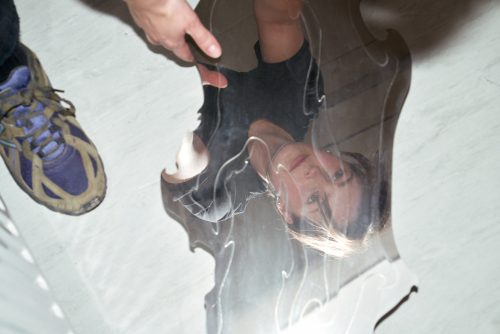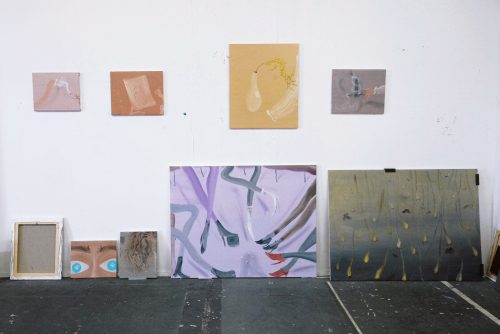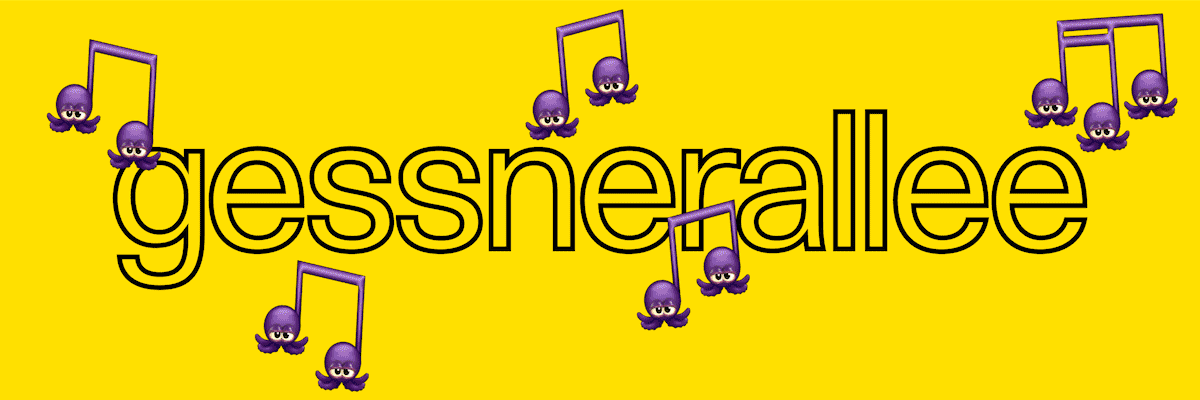
Natacha Donzé, Rindon Johnson, Haroon Mirza, Justin Urbach
symbiotic beings
Project Info
- 💙 max goelitz
- 🖤 Natacha Donzé, Rindon Johnson, Haroon Mirza, Justin Urbach
- 💛 Dirk Tacke
Share on
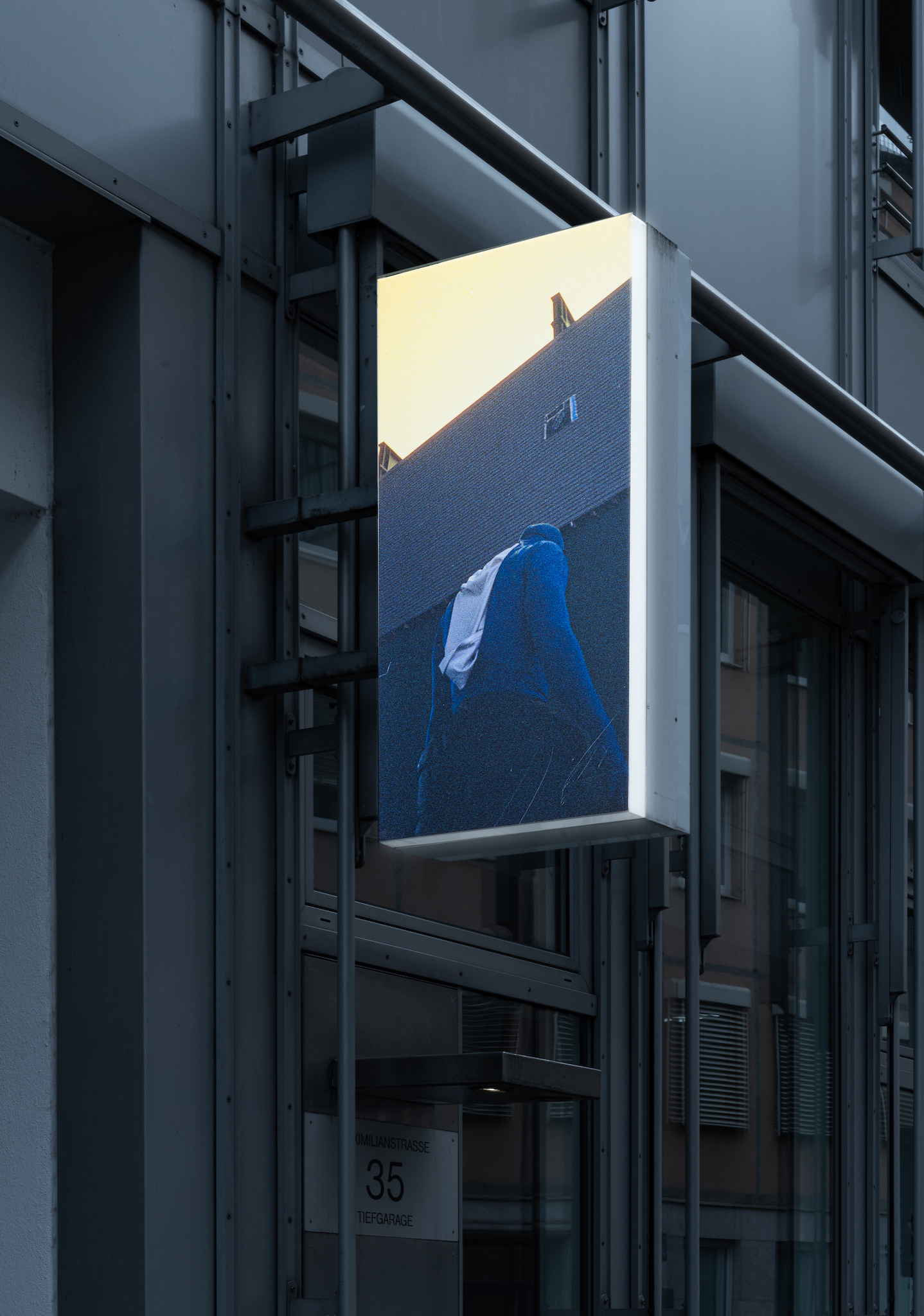
Justin Urbach, FIBER NERVE, 2024, Lightbox display, 35mm format, C-print, Dimensions variable | Courtesy of max goelitz | Copyright of the artist
Advertisement
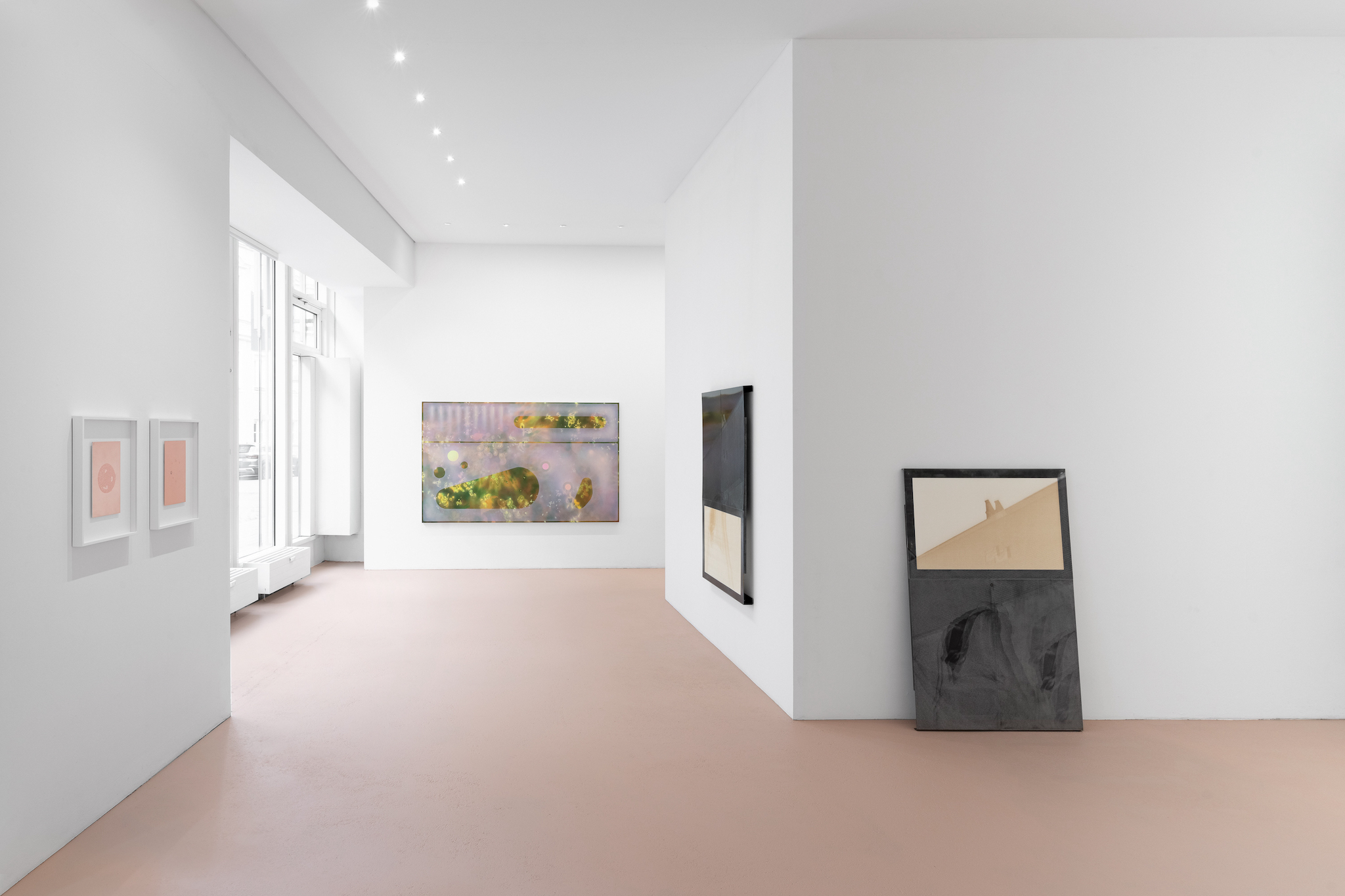
Installation view symbiotic beings, 2024 | Courtesy of max goelitz | Copyright of the artists

Installation view symbiotic beings, 2024 | Courtesy of max goelitz | Copyright of the artists
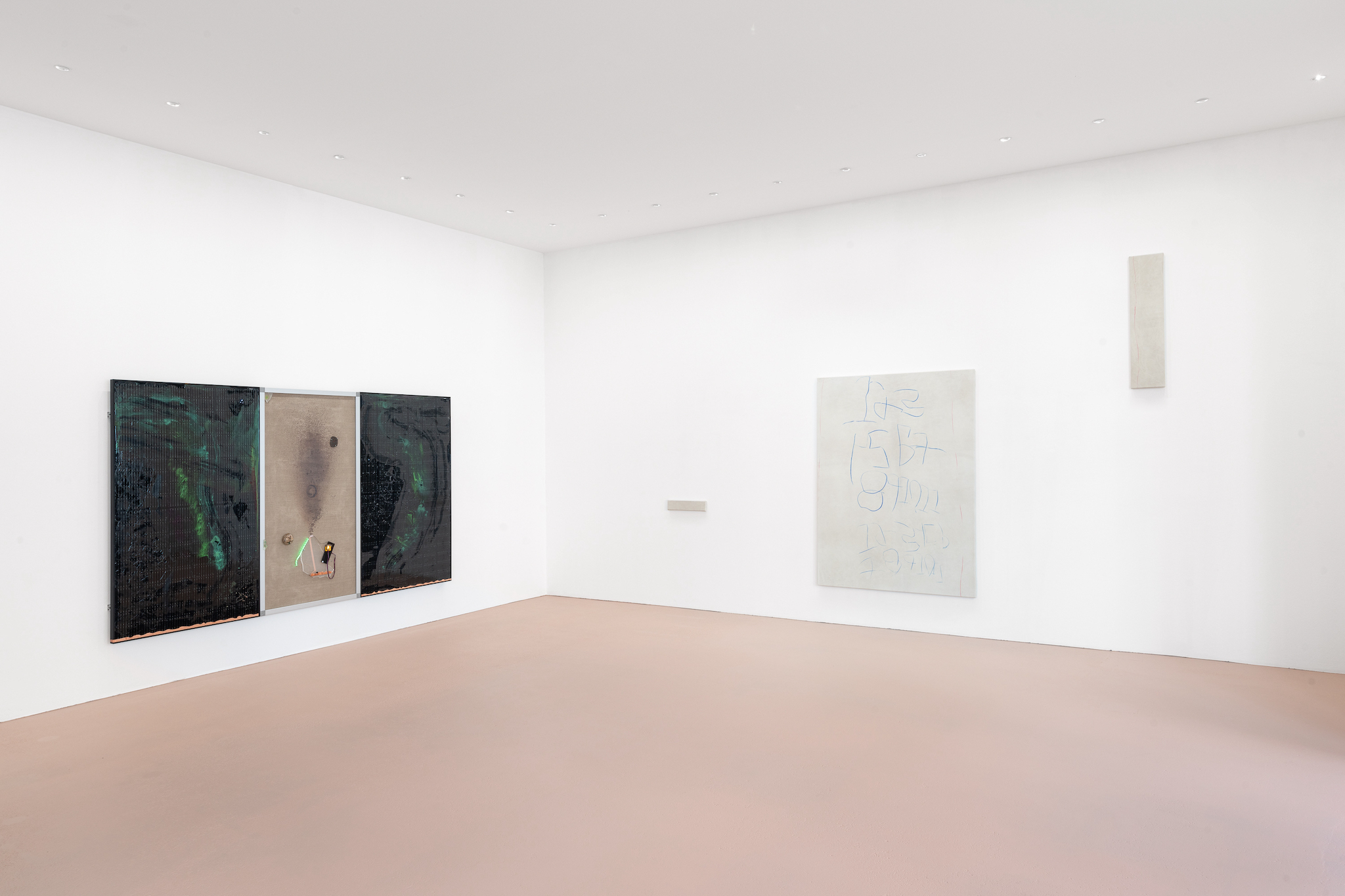
Installation view symbiotic beings, 2024 | Courtesy of max goelitz | Copyright of the artists
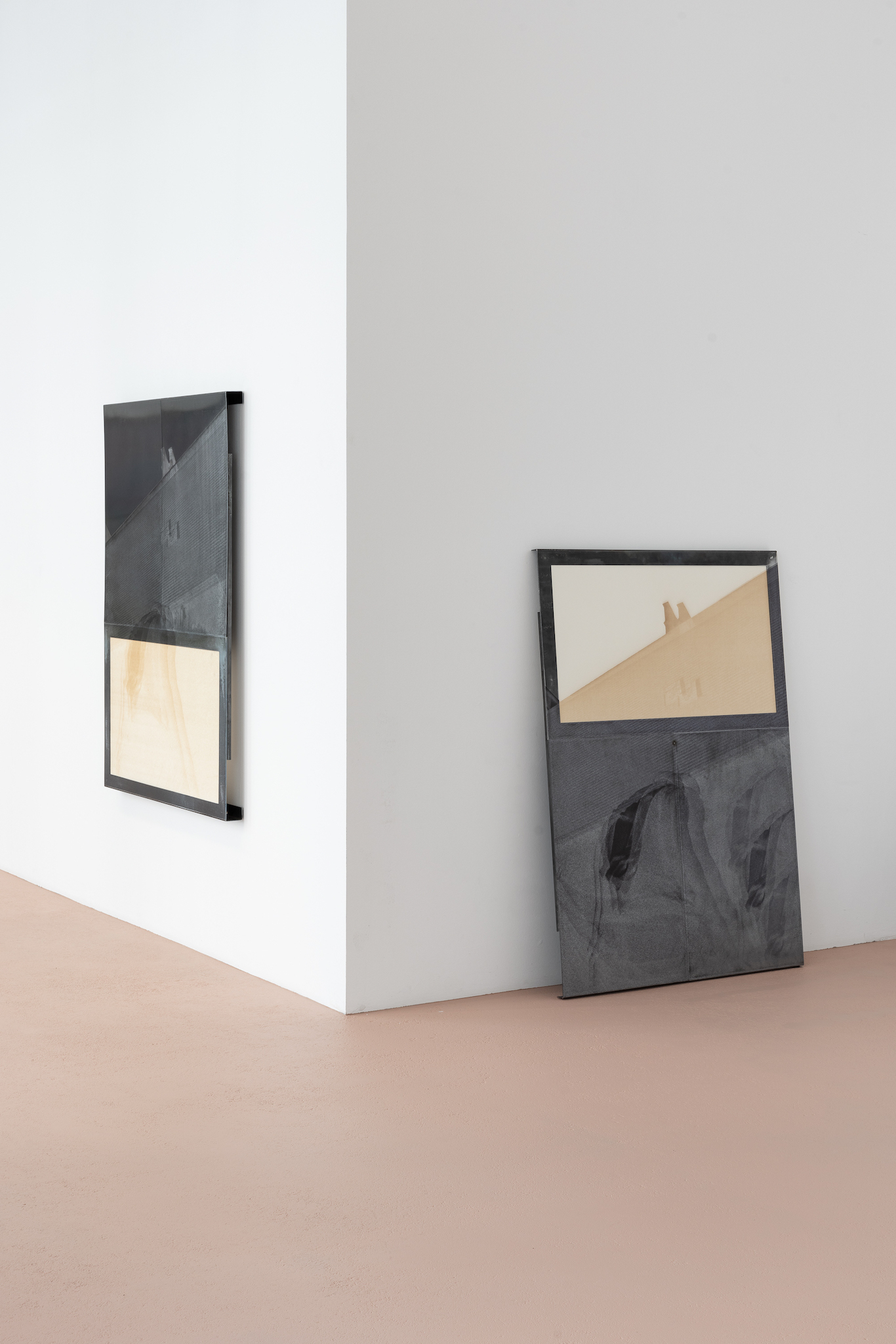
Justin Urbach, FIBER I, FIBER II, 2024 Oxide crude steel, hahnemühle watercolor paper, 35mm for- mat, laser engraving and laser cutting, 140 x 100 x 5 cm | Courtesy of max goelitz | Copyright of the artist

Natacha Donzé, Ghost Gun V, 2024 Acrylic on canvas, 140 x 230 cm | Courtesy of max goelitz | Copyright of the artist
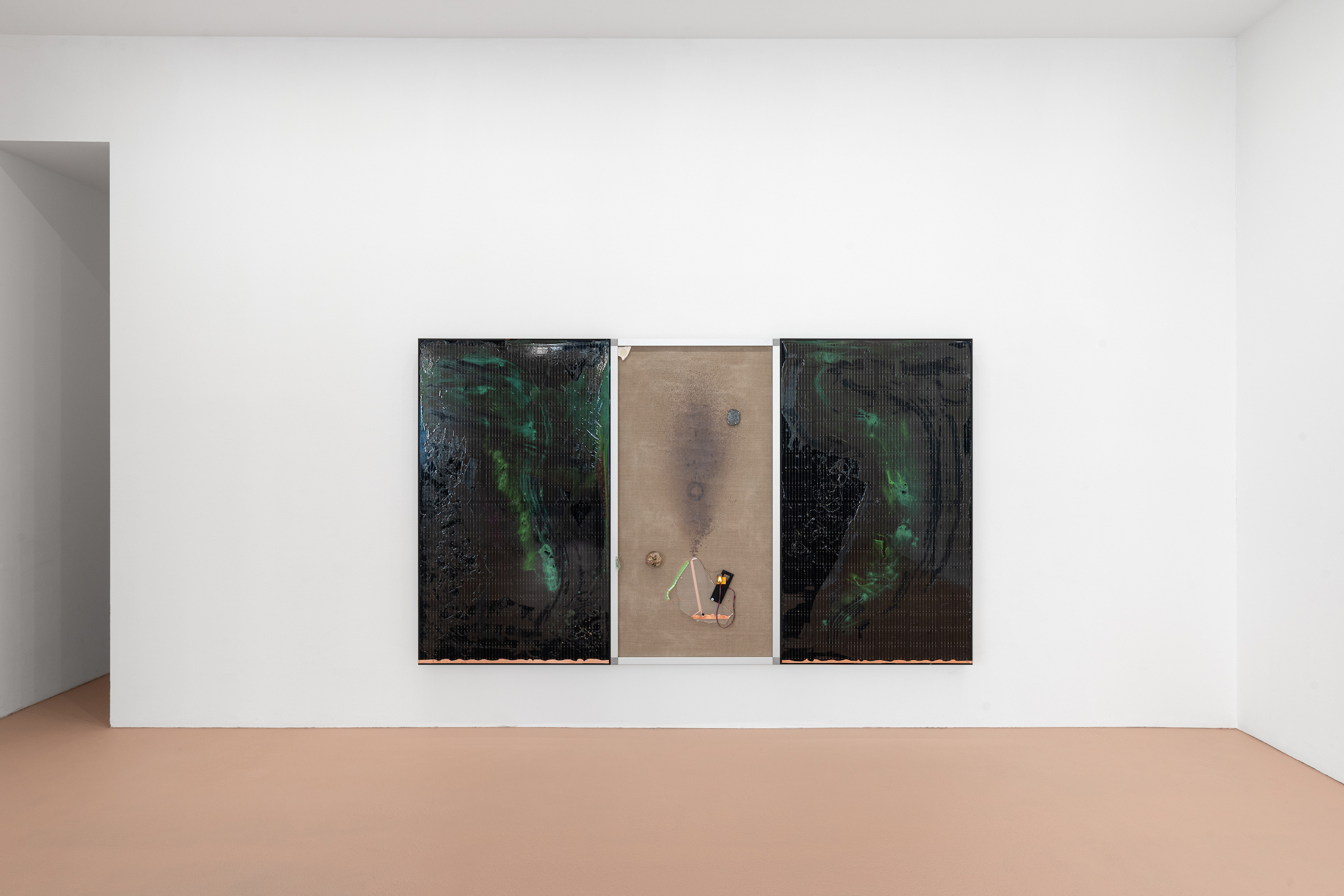
Haroon Mirza After Lofoten (Solar Powered LED Circuit Composition 47), 2022, Polyurethane, pigments, photovoltaic panel, LED matrix & tape, microcontroller, meteorite, plastic, aluminum, wire, magnet, copper tape, ferrofluid, echinopsis pachanoi cristata

Rindon Johnson, This canon fodder is no bother, 2023, Leather and crayon, 3 parts, 189 x 140 cm | Courtesy of max goelitz | Copyright of the artist

Haroon Mirza, Sugar Face, 2017, Refined sugar electroetching on copper PCB blank 51 x 40.5 x 4cm | Courtesy of max goelitz | Copyright of the artist
The exhibition symbiotic beings with Natacha Donzé, Rindon Johnson, Haroon Mirza and Justin Urbach explores a complex harmony of organic and human-made systems. In their works, biological, botanical or celestial structures merge with synthetic and industrial elements and materials. These connections illustrate that even seemingly contradictory elements can be in a mutually beneficial relationship. At the same time, the group exhibition explores the question of whether and how technology and nature can coexist, presenting symbiotic processes and transformative potentials in the works of four artists who work on the threshold between biological and social structures, the physical and the fictional, the analog and the digital.
Natacha Donzé‘s large-scale canvases from the series Ghost Gun abstractly reference corporeality and its potential vulnerability. Ghost Gun V (2024) depicts clusters resembling enlarged microorganisms such as cells or viruses, overlaid with a transparent film. This resembles technical plans of firearms that are publicly available as open source files and whose license-free, 3D-printed kits can be reconstructed as ”ghost guns“. The artist thus poses questions about physical fragility, violence and protection, while the various layers combine to form a symbiotic body that unites these supposed contradictions. Using an airbrush technique, she achieves atmospheric, luminous color fields on which small, organic forms appear, painted with meticulous delicacy. These can be reminiscent of light reflections, drops of water, sparks of fire, explosions, or body cells under a microscope. In this way, her works combine the aesthetics of media-based, digital images with ecological issues.
In contrast, Rindon Johnson‘s three-part wall work This canon fodder is no bother (2023) made of white nubuck leather reflects on the relationship between animals and humans and their socio-economic interdependencies. With red and blue chalk the artist generously traces the number sequence 1-20 in blue paint, using a childlike handwriting style. Johnson emphasizes, through his leather works, the recognition of the agency of animals and questions the ethics and sustainability of profit-driven interests associated with animal products. The human interaction with the animal environment depicted here is not characterized by a symbiotic exchange but rather by one-sided exploitation, viewing the animal as a capitalist commodity. Johnson extends this approach in his leather works to address identity-political and classist themes such as practices of racist exploitation. The poetic titles raise additional questions regarding autonomy and power. Johnson‘s reflections always start from the possibilities and quality of language as in Magnificent Drain: ok pretend you don’t have a nose, or ears for that matter, or anything really, and pretend you’re flying and you’re not a bug, you’re you, and you hit a windshield and it doesn’t feel like you’re splattered across it, rather just becoming a part of it, either way it’s fine because you couldn’t hear it or smell it and I think, no I know, that would be the worst part, right? (2023) and find their influence in the form of titles that accompany the works like poems. They are an essential part of the work, eluding clear readability through the artist‘s subjective impressions and deliberate ambivalences.
Like Natacha Donzé, Haroon Mirza also combines seemingly contradictory components in his works. At the center of the large-format triptych After Lofoten (Solar Powered LED Circuit Composition 47) is a canvas that serves as a mounting surface for an electronic circuit powered by the energy generated by the two outer solar cell panels. The central composition of copper wires, LED strips and an LED matrix on which a flickering candle lights up is reminiscent of an erupting volcano from which a fine cloud of ferrofluid – a liquid that reacts to magnetic fields – spreads across the picture surface. The crystalline, broken surfaces of the solar panels create 2/2 the impression of constellations in the night sky and the applied synthetic resin turns them into painterly surfaces inspired by galactic images. In addition, his series of works Electro Etchings (2017) shows organic structures of stimulating substances such as fungi and sugar, which he transfers to the copper circuit boards using electricity.
Justin Urbach‘s light box FIBER NERVE (2024), similar to After Lofoten (Solar Powered LED Circuit Composition 47), plays with light, and it shows an analog photograph of a man standing in front of large video billboards in Times Square in New York. The oversized screen above the building facade glows like an orange-hued sky, and the dramatic underside view of the figure resembles a film still. The work illustrates the mutual interpenetration of a hybrid world in which digital image production, the urban metropolis and the human body are fused together on a daily basis. In FIBER I and II (2024), Urbach transfers the same motif onto steel and handmade paper using laser engraving and UV printing. These appear like analog representations of screens, or afterimages of visual stimuli, with which he examines questions about mediality, transformation processes and hybridity.
